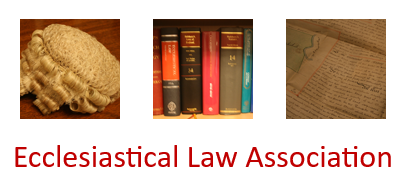A boy aged 13, a keen footballer, had been killed when knocked off his bicycle by a speeding motorist. He was buried in the churchyard. The family wished to erect a memorial which included features outside the diocese's Churchyard Rules, namely, polished black granite with gold lettering; in the top left quarter, a large image of a young man with a football at his feet, standing in front of a stairway leading to heaven, with light beams at the top of the stairway radiating out from a heart; in the top right quarter an inscription giving names, dates and relationships; and in the lower half of the memorial a poem 8 lines long and containing 90 words. The Chancellor accepted that there were already several memorials of polished black stone with gilded lettering in the churchyard and that a faculty should not be refused for another. However, his decision was that a faculty would be granted if there was an acceptable smaller image, and if a much shorter inscription could be agreed for the lower half of the memorial, the revised design to be approved by the court.

